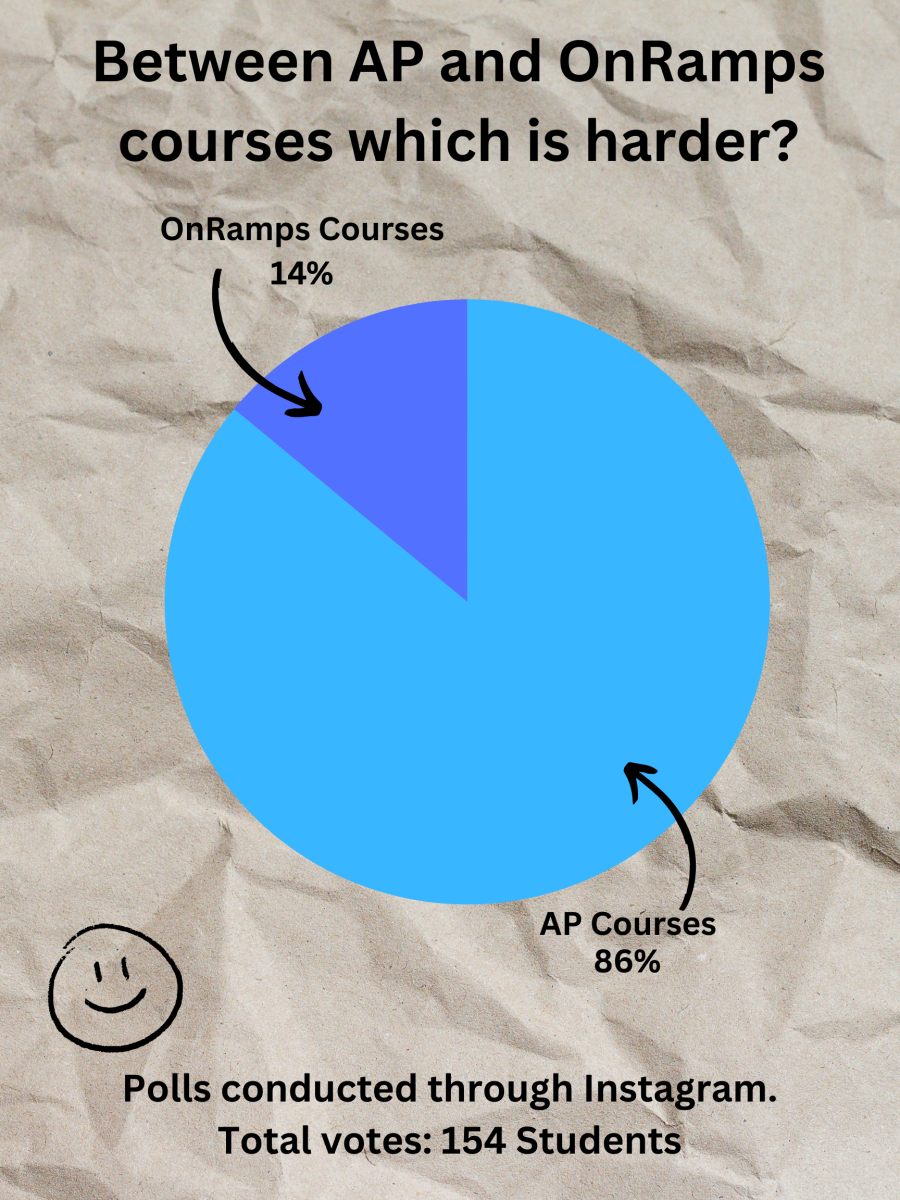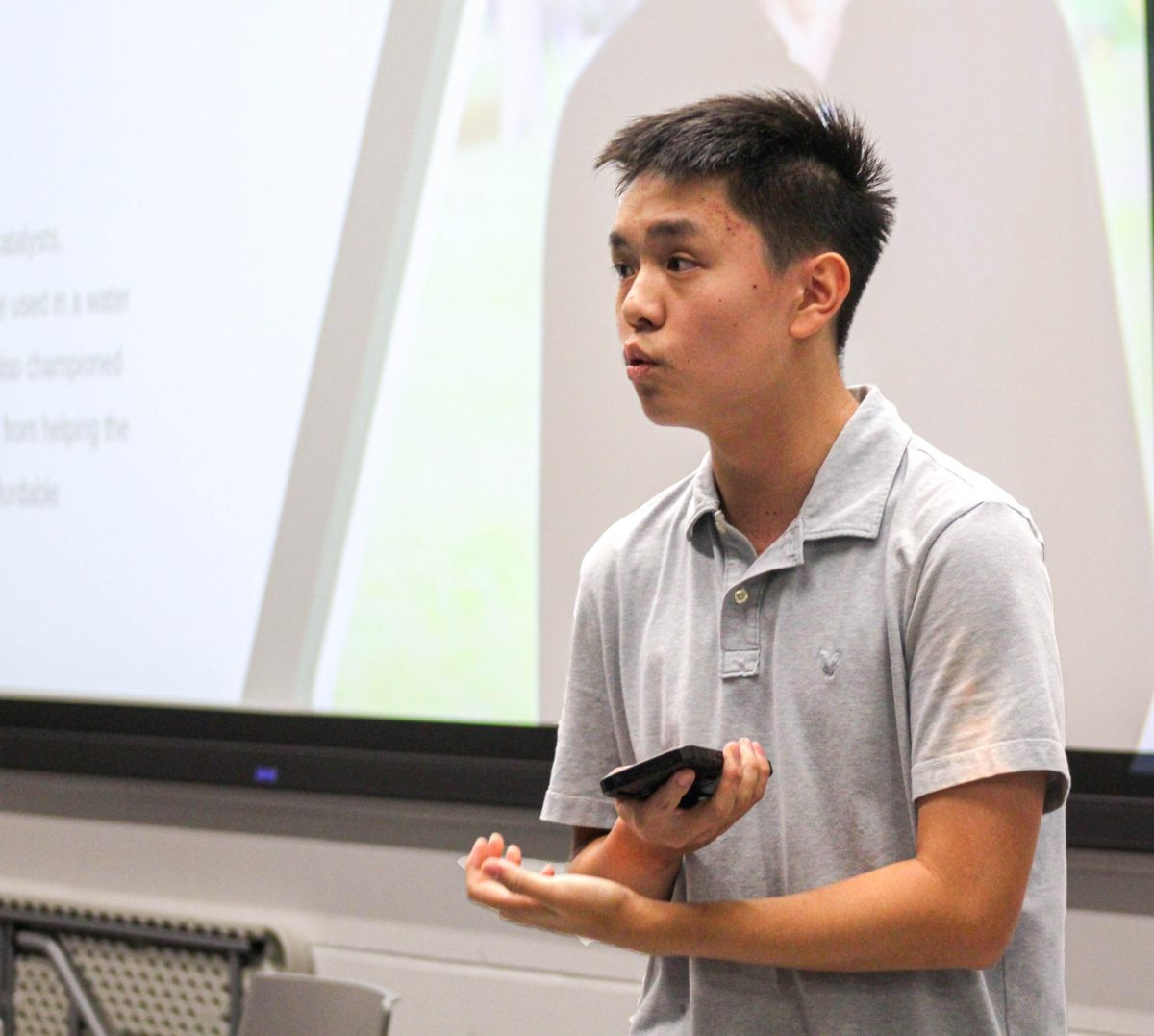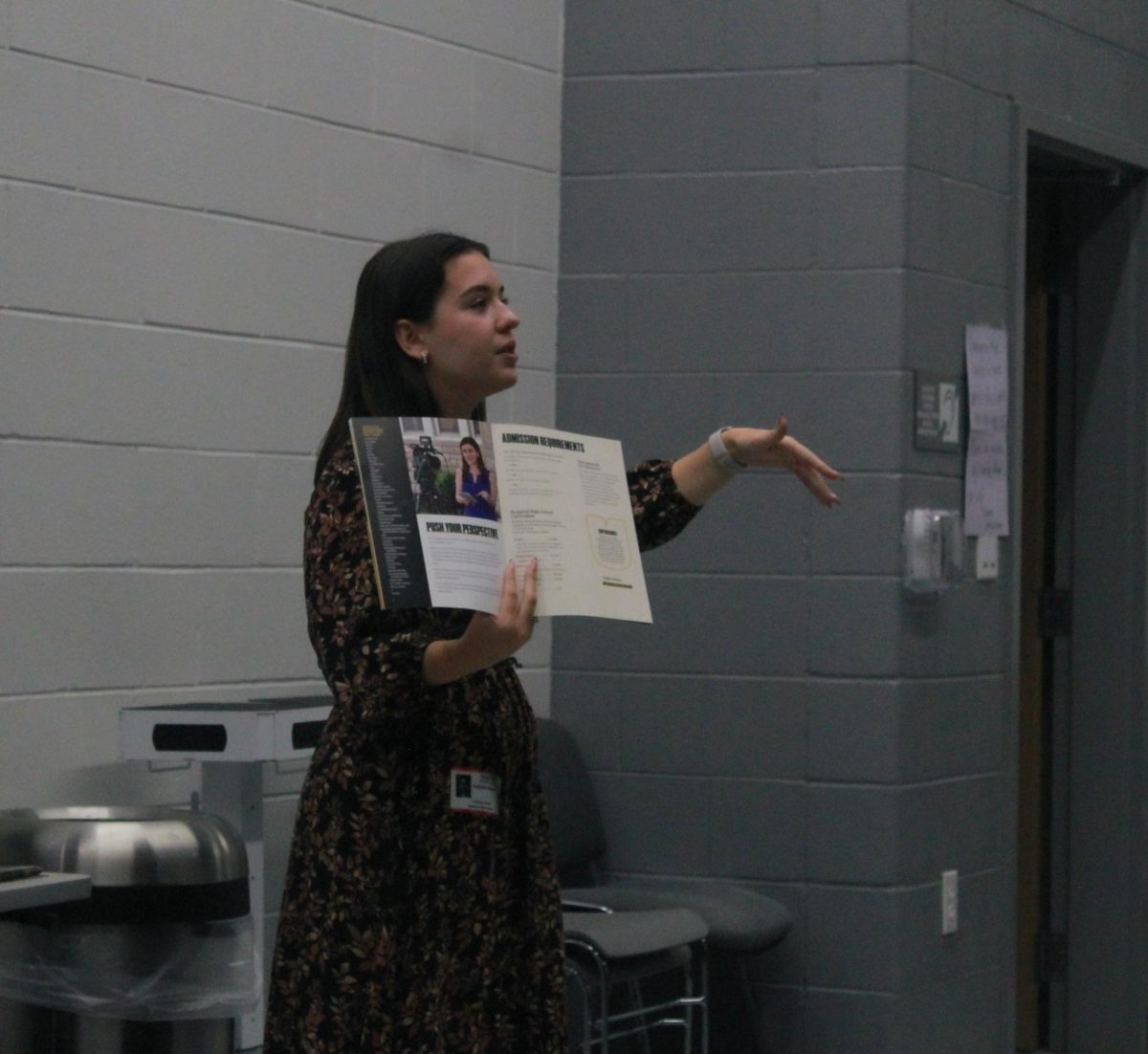New year, new students and new curriculum.
That is the reality for Alicia Miller, who currently teaches OnRamps Economics, AP Macroeconomics and AP United States Government and Politics. However, prior to this year, instead of OnRamps Economics, she taught AP Microeconomics.
This switch from AP to OnRamps was unprecedented for Miller. While in the past, her Microeconomics class has functioned as a traditional AP course, it is now dual-enrollment with the University of Texas’ OnRamps course which offers college credit on top of high school credit. This requires her to follow the UT curriculum and lesson plans, instead of having to create her own.
“At first, when I first found out about it, I wasn’t very excited about it,” Miller said. “Because I really liked teaching AP Micro.”
The way the class functions has also changed. Students are assigned recorded lectures, given by UT professors, to watch as homework, and then will be able to ask questions and complete assignments in class. This style of flipped learning is a stark contrast to the more traditional way that classes are conducted.
A common concern among students taking OnRamps Economics is how challenging this new replacement will be. Senior Andrei Perepelitsa shares similar doubts on how well the OnRamps course will prepare him for college.
“I don’t think that OnRamps will prepare me for college more than AP/IB courses,” Perepelitsa said. “OnRamps is good for training time management but not any better than an AP course.”
Despite Miller’s initial hesitance and surprise when this course was first introduced, OnRamps has some definite advantages over its AP equivalent. While both classes are only one semester long, OnRamps doesn’t require a test for college credit, all students need to do is pass the course.
“I am happy that I get to learn Economics without the pressure of writing the FRQs, [or having] to take the AP test in May,” Leung said.
In addition to having two separate grades, one for high school credit and one for college credit, OnRamps allows students to receive more one-on-one help in class and ask questions over the content learned the night before.
“The flipped classroom style is interesting because it gives me much more flexibility when I do my work,” Miller said. “In fact, because of this, I’ve even thought about trying to figure out how I can flip all my other classes, like AP Government. It’s actually been a little bit nicer because I don’t have to do as much grading.”
Though it is a change, and at first might have taken some time to adjust to it, UT’s OnRamps program has many advantages, and is an equal alternative to AP Microeconomics.
“Now that I’ve started teaching it, I’m actually really enjoying it,” Miller said.



















Alex • Sep 30, 2024 at 2:00 pm
Great story!